For many of us the change of season brings shorter days, cooler temps, and more indoor photography. When I first started diving into photography, this time of year brought me much angst. I didn’t look forward to taking pictures indoors. Low, overly warm light and grain combined with space constraints were all things I wasn’t confident in dealing with.
However, being in Chicagoland, if I truly wanted to capture my family life all year long…well I had better get comfortable using my camera inside our home.
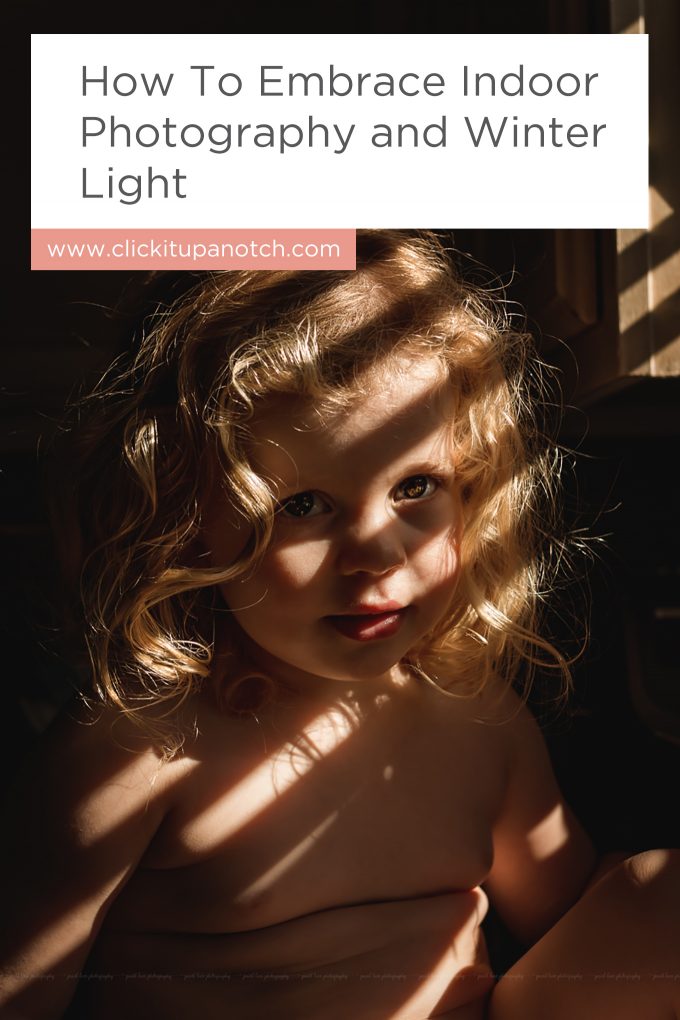
Read more: How Dramatic Natural Light Can Inspire Your Photography
Here are 3 simple tips for welcoming the new season and falling in love with indoor photography this winter.
-
No.01Embrace shadows
Probably the biggest mistake I made early on when shooting indoors was assuming I needed lots and lots light. The more the light the better! Right? Nope. While light and airy is a beautiful style, I have found indoors, that embracing shadows can create such an emotive story.
As the seasons change, so does the light in your home. Try walking around your home at different times of the day. Observe how the light moves and changes throughout the day and be on the watch for shadows with pockets of light. When it comes to light, a little can go a long way.
Editing tip: Deepen the shadows and blacks to add depth and richness to your image. Smooth out ISO noise by increasing the luminance slider in Lightroom. A properly exposed photo with ISO noise is always easier to smooth out than an image with noise from being underexposed.
-
No.02Control the light
Back to my early mistakes, I would often try to control light by opening all the blinds and turning on all the lamps. Again, thinking I needed the most light possible. Sadly, I would end up disappointed that my images lacked depth and my subject was often ill-defined.
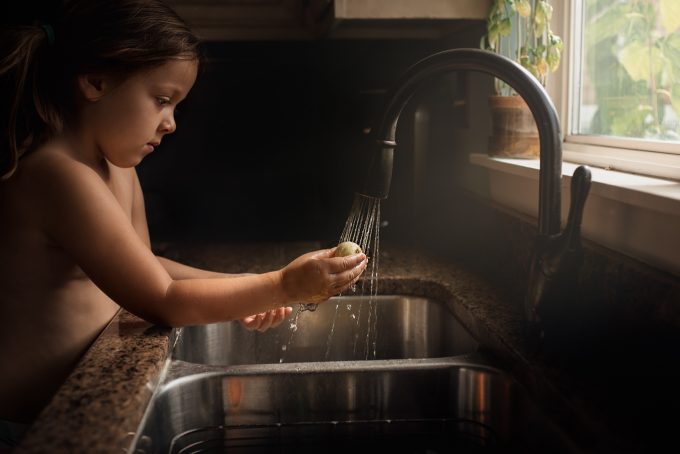
Learning to limit the light and use a singular source of light versus a flood of light has been key for me in creating deep, rich images. This often means I’m now shutting blinds and turning off lamps. I might keep one window with light shining through or one lamp on. I make sure that my subject (most often one of my daughters) is placed near the light source so that they are really the focus of the image.
Editing tip: Use selective editing tools and brushes to brighten your subject while leaving the background dark or add more brightness or haze to your light source.
-
No.03Negative space
I have two little girls and we are a busy family. Let’s be honest, this means our home is sometimes a wreck and I want to hide the clutter. Not hide it because I want to alter reality, but because I want my subject to be the center of attention without the distraction of clutter.
Want a really effective way to clean your house? Hide the mess in the shadow or behind a wall! I love the use of negative space to really bring the attention to my subject. Look for ways to shoot around a wall or create a large shadowed area.
Editing tip: Use selective editing tools to create negative space or hide background clutter. I will often “hide” our refrigerator in the background by using a graduated filter in Lightroom to deepen shadows until what’s in the background disappears to my liking.
I hope these tips help you grow to enjoy shooting indoors as much I have!

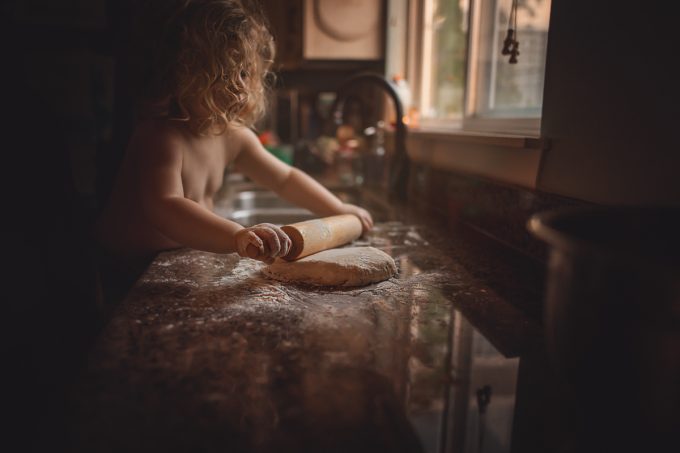
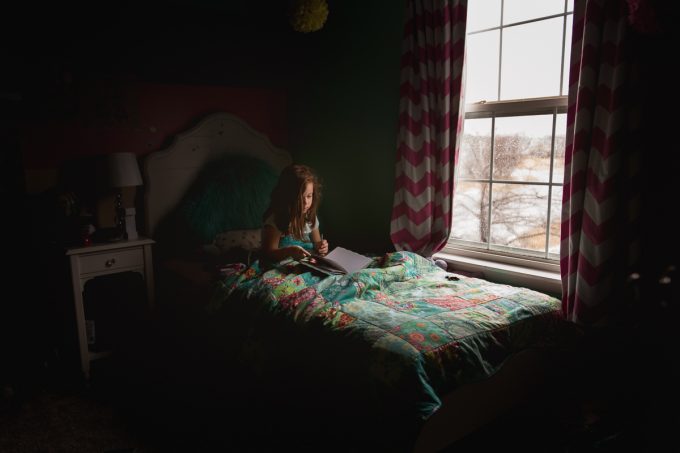
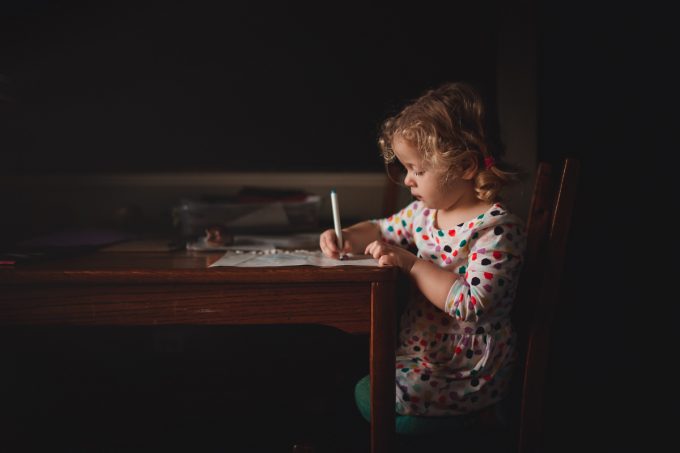
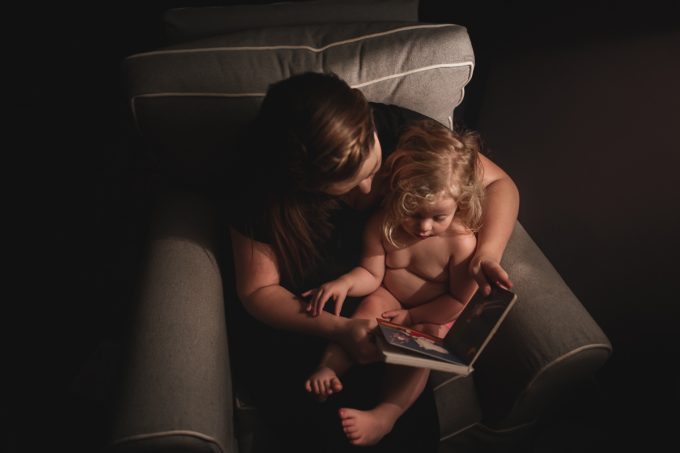
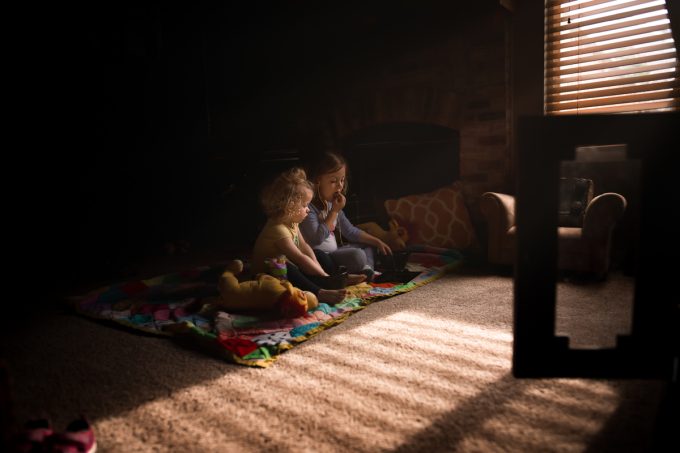
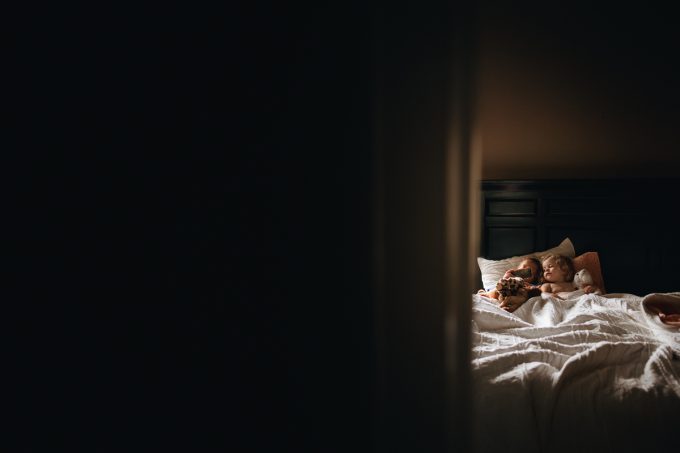
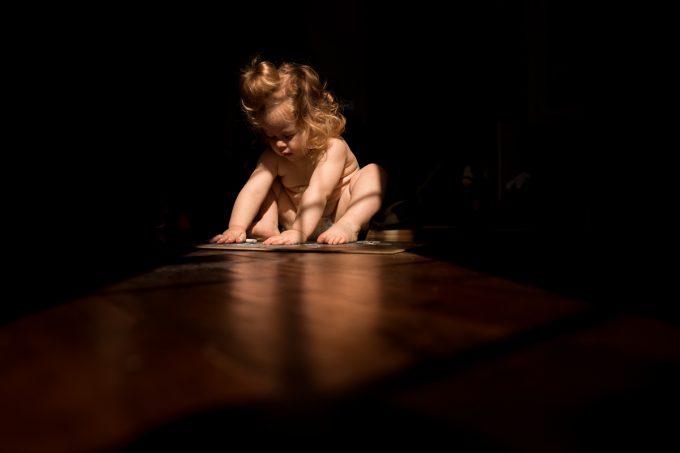







I love everything about this…….thank-you for sharing your valuable tips…..Merry Christmas
Love! Thank you for sharing :)
This is just the inspiration I needed right now. I’ve been feeling kind of ho hum about all the glum. Thank you for reminding me to look for the light AND shadow. And where can I see more of Jennifer Mock’s work?
What shutter speed are you shooting at aperture? To capture images with that low of light without motion blur the camera will need to be able to have decent high ISO performance, a lens with a wide aperture, or a tripod. Can you share what the equipment/settings you used to capture the shots?
Doesnt look like we’ll get answers…..
My question is how are you metering? Are you exposing the highlights or shadows?
I believe she is metering for the highlights. Meter off the brightest part of your subjects skin.
Thank you for the advise. I am going to use these tips.